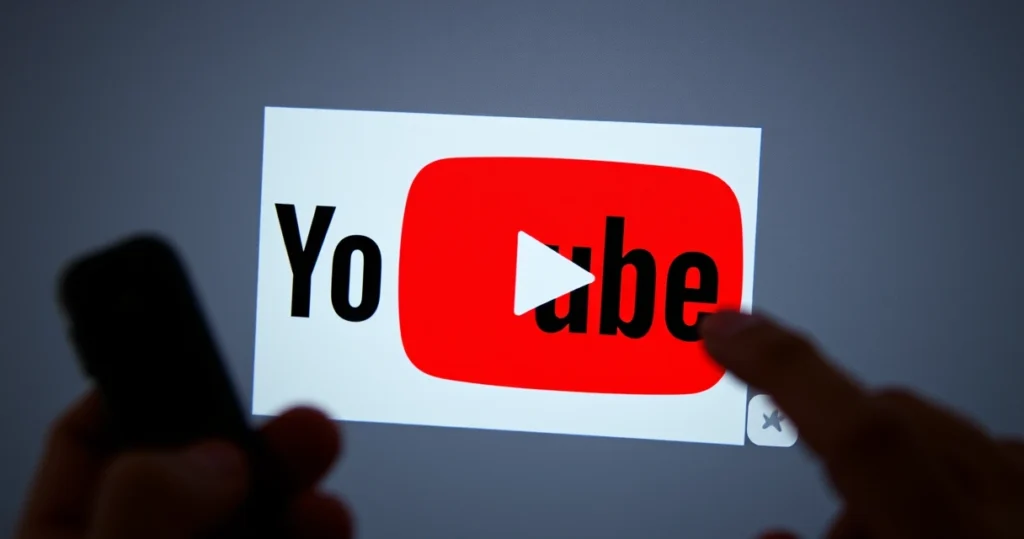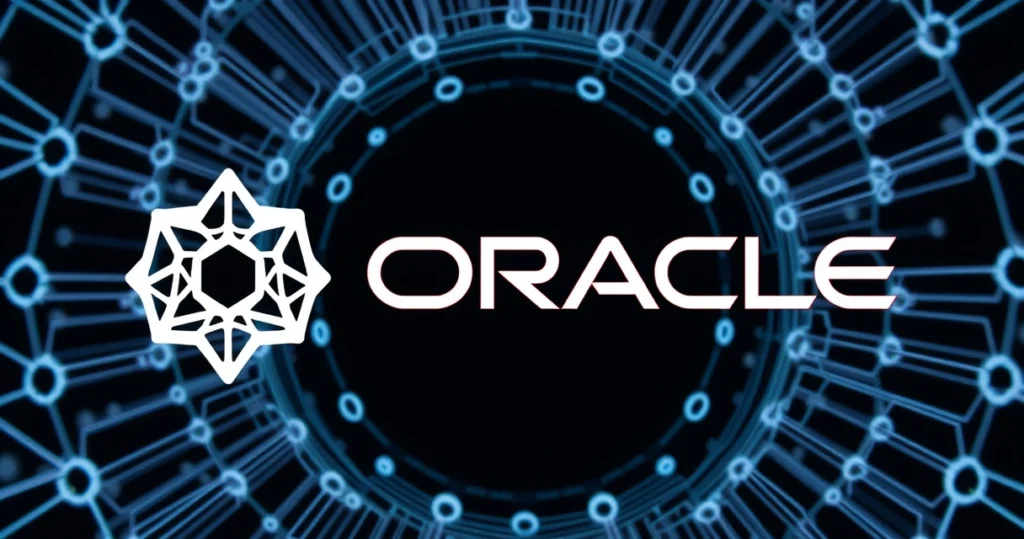In a significant move towards enhancing online safety, Australia has announced plans to ban YouTube for users under the age of 16. This decision comes amid growing concerns around the impact of social media and video-sharing platforms on younger audiences. As digital content consumption continues to rise, the Australian government is prioritizing the protection of minors from potentially harmful content while promoting responsible online behavior.

Simultaneously, YouTube is initiating artificial intelligence (AI) tests in the United States aimed at accurately determining whether users are 18 years of age or older. These developments highlight a broader trend towards stricter age verification measures across various online platforms, reflecting increased scrutiny and regulatory pressures on tech companies regarding user safety.
The Context of Age Verification on Digital Platforms
Age verification has become a critical issue as more children and teenagers access online content. The Australian government’s decision to prohibit YouTube for users under 16 is part of a larger strategy to ensure that young audiences are protected from inappropriate content. This initiative comes as part of a response to the increasing availability of explicit material, cyberbullying, and other risks associated with unsupervised internet usage.
The Importance of Age Verification
Age verification serves several key purposes:
- Protection from Inappropriate Content: Ensuring that users are of appropriate age to view certain types of content helps minimize exposure to harmful material.
- Promoting Healthier Online Habits: By restricting access, platforms can encourage healthier online interactions among younger audiences.
- Compliance with Legal Standards: Many jurisdictions have laws in place that require digital platforms to take reasonable steps to verify the age of their users.
Australia’s Decision: Implications for Users Under 16
The Australian government’s decision to ban YouTube for users under 16 raises several implications for both young users and content creators. This move is intended to create a safer online environment, but it also highlights the challenges of balancing safety with access to information and entertainment.
Impact on Young Users
For young users, the ban will significantly limit their access to one of the most popular video-sharing platforms globally. This restriction may lead to several consequences:
- Limited Educational Resources: YouTube is a valuable platform for educational content, tutorials, and creative expression. The ban could hinder access to these resources.
- Social Isolation: Many young people use YouTube to connect with peers and follow trends. The ban might lead to feelings of exclusion from social circles.
- Increased Use of VPNs: Users may seek ways to bypass the ban, potentially exposing themselves to further risks online.
Impact on Content Creators
Content creators who target younger audiences will also feel the impact of this ban. As a result, many might need to consider alternative platforms to reach their viewers:
- Shift to Alternative Platforms: Creators may migrate to other social media platforms that do not impose similar age restrictions.
- Changes in Content Strategy: Creators might need to adapt their content to target an older audience or adjust their marketing strategies to comply with new regulations.
YouTube’s AI Age Verification Tests in the U.S.
In parallel with Australia’s measures, YouTube is embarking on AI-driven age verification tests in the United States. This initiative aims to enhance user verification processes to ensure compliance with age restrictions more effectively.
How AI Age Verification Works
YouTube’s AI system is designed to analyze user data and behavior patterns to ascertain their age. Key features of this system include:
- Data Analysis: The AI examines various data points, including user interaction patterns, to identify age-appropriate behavior.
- Facial Recognition: In some tests, facial recognition technology may be employed to verify users’ ages more accurately.
- Privacy Considerations: YouTube is expected to implement strict privacy protocols to ensure that user data is handled responsibly and securely.
Potential Benefits of AI Age Verification
Implementing AI-driven age verification systems could lead to several benefits:
- Enhanced Compliance: Improved age verification can aid platforms in adhering to legal obligations regarding content restrictions.
- Improved User Experience: Accurate age verification can facilitate more personalized content recommendations and a safer user experience.
- Better Content Moderation: Age verification can enable platforms to moderate content more effectively based on viewer demographics.
Challenges and Concerns Regarding Age Verification
While age verification measures are essential for protecting young audiences, they are not without challenges. Both Australia’s ban and YouTube’s AI tests may face several hurdles:
Privacy Concerns
One of the primary challenges associated with age verification is the potential invasion of user privacy. Users, especially minors, may be reluctant to provide personal information necessary for accurate verification.
Technological Limitations
While AI technology has advanced significantly, it is not foolproof. There may be concerns about the accuracy of AI in determining age, leading to potential misclassification of users.
Implementation Costs
For platforms like YouTube, the financial implications of developing and maintaining robust age verification systems can be significant. This might impact their overall business model and profitability.
Frequently Asked Questions (FAQ)
1. Why is Australia banning YouTube for users under 16?
The ban is aimed at protecting young audiences from inappropriate content and ensuring a safer online experience.
2. What are the age verification tests being conducted by YouTube in the U.S.?
YouTube is testing AI systems to determine if users are 18 years or older, utilizing data analysis and facial recognition technologies.
3. How will the ban affect young users?
The ban will limit their access to educational content and social interactions available on YouTube, potentially leading to feelings of exclusion.
4. What are some alternatives for users under 16?
Younger users might explore other platforms that do not impose similar age restrictions or seek parental guidance for safe online content consumption.
5. What privacy measures are in place with AI age verification?
YouTube is expected to implement strict privacy protocols to safeguard user data while conducting age verification.
Conclusion
The Australian government’s decision to ban YouTube for users under 16 underscores the rising importance of online safety for minors. As age verification becomes a focal point for digital platforms, both the challenges and opportunities it presents will shape the future of content sharing and consumption. While the intention behind these measures is to protect young users, it is imperative to balance safety with accessibility, ensuring that the digital landscape remains a space for learning, creativity, and connectivity.
📰 Original Source
Este artigo foi baseado em informações de: https://tecnoblog.net/noticias/australia-vai-proibir-youtube-para-menos-de-16-anos/



